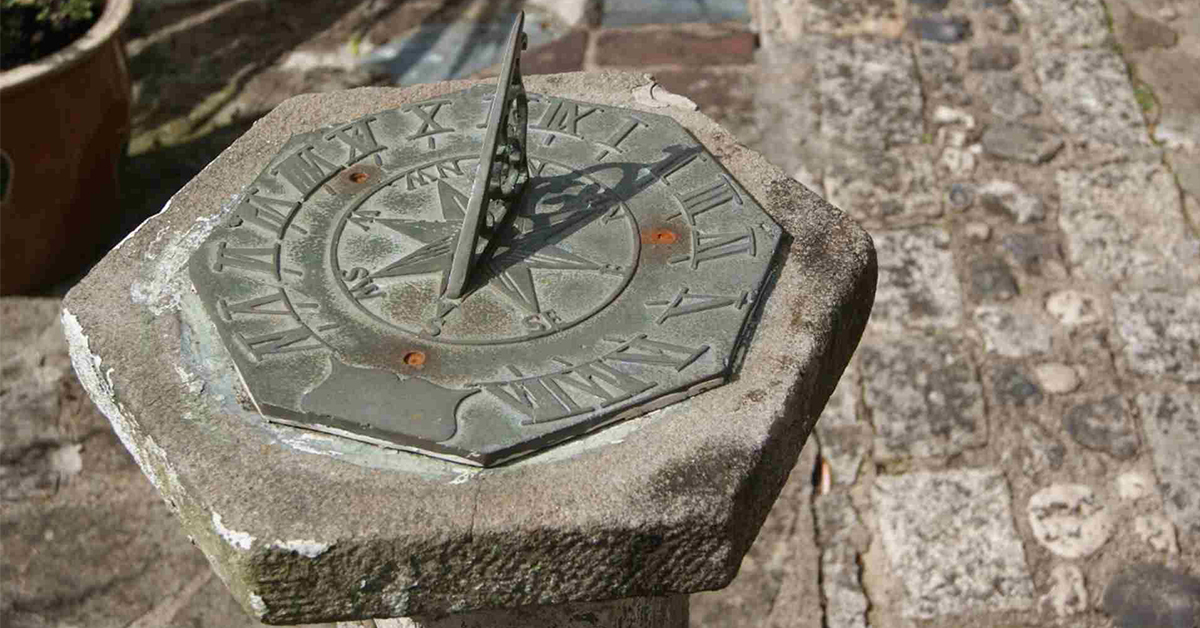Basque ethnography at a glance
Time was marked by the sun in the rural world. Country folk had no need for a clock and hardly ever used one. Religious festivities marked the work calendar on the land, in the fields. The festivities were related to the harvests, the end of tasks such as threshing, harvesting grapes and other produce…
Some festivities celebrated the universal saints (John, Peter, Michael, Mark) and the origin of others dated back to specific points in time (St. Anthony the Abbot, St. Anthony of Padua, St. Ignatius of Loyola); there were also the major festivities celebrated by everyone (Easter Sunday, Assumption of Mary, St. Joseph’s Day, All Saints) or local saint’s days (Bartholomew, Blaise, Marina). Some of them set the rhythm of the agriculture work.
Other references were used alongside those festivities. Thus, the “year of the great harvest” or “the bad harvest”, “the year of the floods”, “the year of the great drought” …
Farmwork has changed greatly and that has also altered the way the festivities are celebrated in some locations. In some cases, the specific day has been moved to the following Sunday, and even from winter to summer on some occasions.
The urban world is not exempt in that regard. Many festivities linked to the guilds and factories were part of the work calendar. Thus, St. Martin for boilermakers, St. Joseph for carpenters and work contractors, St. Barbara for gunsmiths, St. Eligius for silversmiths and jewellers… This situation has also greatly changed.
The moon and tides were used to measure time as well.
Another important aspect is the age of the individual. Days, school years and holidays are endless for children, students, etc. However, the weeks, months and years fly by for older people.
The same can be said for distances. Children magnify distances, the size of houses… which belies reality. Other people have a different perception. Both are accurate.
Segundo Oar-Arteta
Labayru Fundazioa


